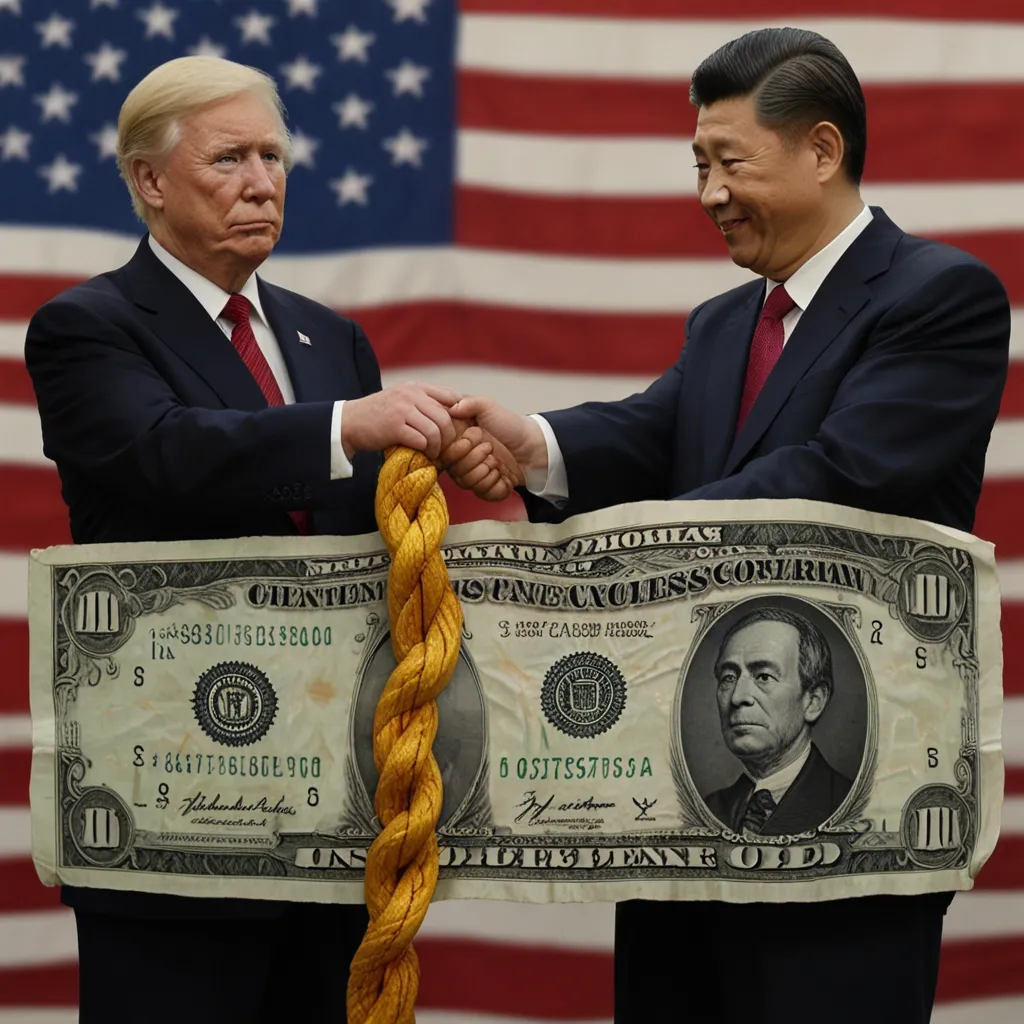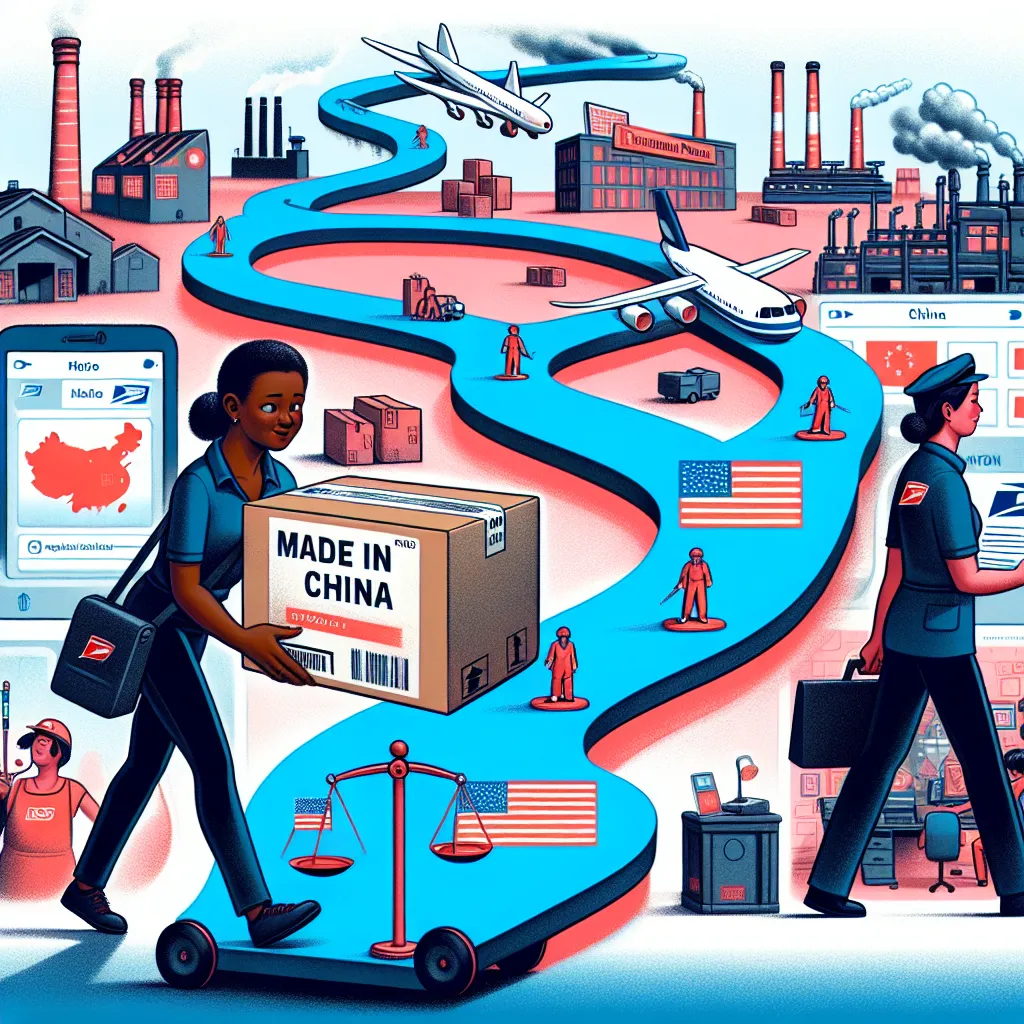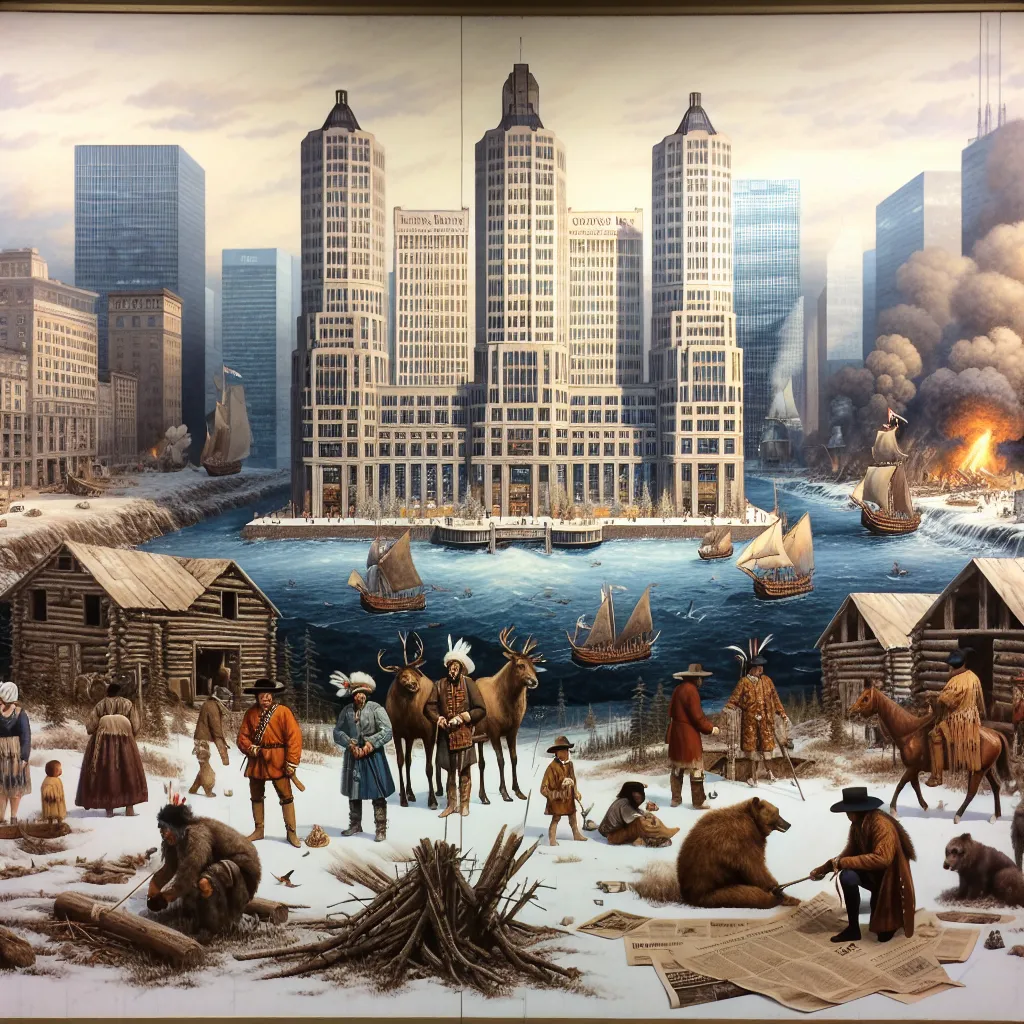When we hear “trade war,” it’s no shock that the first thing that comes to mind is the ongoing tussle between the US and China. It’s like this grumpy neighbor drama but on a colossal economic scale. The US and China have been locked in this tense arm-wrestling match, with the US trying to keep its title as the world’s economic heavyweight champ, while China, all fired up, is aiming to snatch that belt. Some might say we’re witnessing a textbook case of the so-called Thucydides Trap—named after the ancient Greek historian who noted this kind of power struggle ages ago. Back then, it was Athens on the rise, giving Sparta a run for its money, and we all know how that story ended: with an ugly war that drained both sides. If the US and China let this rivalry go nuclear, it could make the first two World Wars look like skirmishes.
But here’s the kicker—why don’t they just let it all blow up into a full-scale war? Well, there are quite a few reasons, but let’s kick it off with debt. The US owes China a ton—like over $859 billion. That’s some serious change. China’s actually one of the biggest holders of US debt. Borrowing money from other countries isn’t something new or scandalous. In fact, global economies are so intertwined nowadays that it’s often smoother to borrow from abroad than making a local lender cough up the cash. Every country owes or gets owed. The US-China debt story, however, is more dramatic because it’s like owing money to your arch-nemesis who’s also competing for the top spot.
How did this whole scenario come to play? Rewind to the 70s. China was a sleeping giant, isolated and dirt poor. But then a guy named Deng Xiaoping came into power and shook things up. He started opening up China’s economy, inviting foreign investors who were just as eager to jump in. These investments pumped money into China’s infrastructure—roads, ports, factories, you name it. By 2001, joining the World Trade Organization was a game-changer for China. It became the global factory, cranking out affordable stuff at an insane rate.
The US got hooked on this wave of cheap goods. Imports from China ballooned to around $504 billion annually. This wasn’t just a win for the traders, but also for everyday American folks who found products flooding the market at lower prices. Imagine being able to stretch your dollar further—sounds pretty awesome, right? A big study found out that from 2000 to 2007, the average American household saw a 2% rise in spending power thanks to affordable imports from—you guessed it—China.
So, what did China do with its vast piles of American cash? They invested it in US Treasury bonds—a super-safe asset with stable returns. This bond-buying spree kept their own currency, the Yuan, from skyrocketing in value, making Chinese products even cheaper and more attractive on the global market. The US benefitted too because it kept interest rates low at home, making borrowing more affordable for everyone and their uncle.
But here’s the flip side of this cozy economic codependency. US manufacturing took a serious hit. Cheap Chinese imports battered local industries, widening the trade gap and costing a lot of jobs. Between 1999 and 2011, nearly a million manufacturing jobs vanished in the US. This economic pain was one of the main reasons Donald Trump’s “trade war” rhetoric hit home for many voters.
The 2008 financial crisis was a wake-up call, making the US realize that leaning too hard on China for lending wasn’t sustainable. Plus, China wasn’t exactly playing fair; there were reports of trade law violations, environmental and labor shortcuts, and intellectual property theft.
So, by the 2010s, both countries started pulling back, trying to reduce their economic entanglement. The US began looking elsewhere—Vietnam, Mexico, India—for manufacturing partners. These countries started emerging as new factory floors of the world. The share of imports from China in the US dipped. China also started reducing its US Treasury bond holdings.
Yet, despite all the drama, a complete break-up seems kinda impractical. Many of our everyday products are made through this very US-China partnership. Outsourcing to Vietnam? Well, guess what—Vietnam imports a ton of stuff from China. So, the US might just be adding more links to the supply chain instead of truly escaping Chinese dependence.
The growing hostility between these two giants is bound to rattle the global trade landscape. That old Thucydides Trap is lurking nearby, and a lot depends on how both nations shape their future policies. The US, with its complex web of lobbying and political maneuvering, will play a crucial role in what happens next.
The US-China relationship, like any complicated affair, has its highs and lows. Both countries are too deeply tied in to storm off in different directions easily. While they may try to simmer down their co-dependence, totally breaking free seems like a distant dream for now. Who knows what’s around the corner? The world economy is always full of surprises.






